Next Gen Portfolio Management Software For Private Equity
Smart. Agile. Collaborative.
Planr Is A Force Multiplier For
Investment Teams & Financial Operations
Planr is not just a tool; it’s a smart AI platform to drive value creation in private equity portfolio companies. The platform transforms data overload into strategic insights, helping you identify what’s happening, pinpoint what’s at risk, and expose the underlying challenges affecting your portcos ability to maximise their value.
Value Creation: Digital transformation In Private Equity Portfolio Management Starts with data centralisation
Within an hour Planr can be implemented into your portco so you can view key financial data effortlessly, enabling a unified view of your portfolio. Experience the power of automated data flows without manual overheads transforming the process of data collection and increasing insights across your portfolio.
Make Unwelcome Surprises A Things Of The Past
Once you have established the as is view on current trading in Stage 1, Planr plugs into your CRM within one hour unlocking a forward-looking perspective on your portfolio’s performance. Dive into sales forecasts with Planr’s unique ability to rev rec bookings across multiple revenue types. View revenue projections of current bookings forecast which, combined with existing financial data craft detailed future-looking forecasts of portco performance.
An objective AI Driven view of your portfolio’s Future financial performance
It has been said that Planr is like having “someone with an IQ of 300 constantly looking at our portcos data.” Utilize Planr’s advanced algorithms and machine learning across your portfolio to maximise value creation by identifying opportunities, anticipating challenges, and providing an alternative data-driven objective view of future company performance.
Rapid Deployment
Nobody wants another 6 month project to improve their private equity portfolio management. Use Planr’s suite of integrations to plug into portco data within 1 hour.
- Track KPIs from multiple departments across the business
- Go from manual to automated across funds in a week
- No more digging through board decks and excel files
- Zero interuptions to current business flow
- Normalise & process data using AI
- Unlimited Integrations

Wave Goodbye To Data Silos
Whether you’re looking to report on a single set of financials or get a streamlined view on multiple CRMs post acquisition, our AI-enhanced integrations normalize and process data, delivering a single source within a matter of hours.

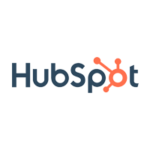


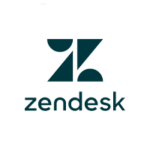






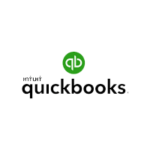

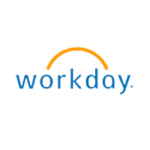


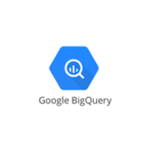

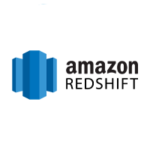




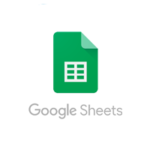
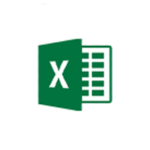
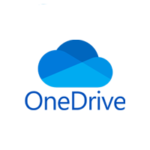



How Proof Of Future Revenue Performance Secured TDS' Buy-Out
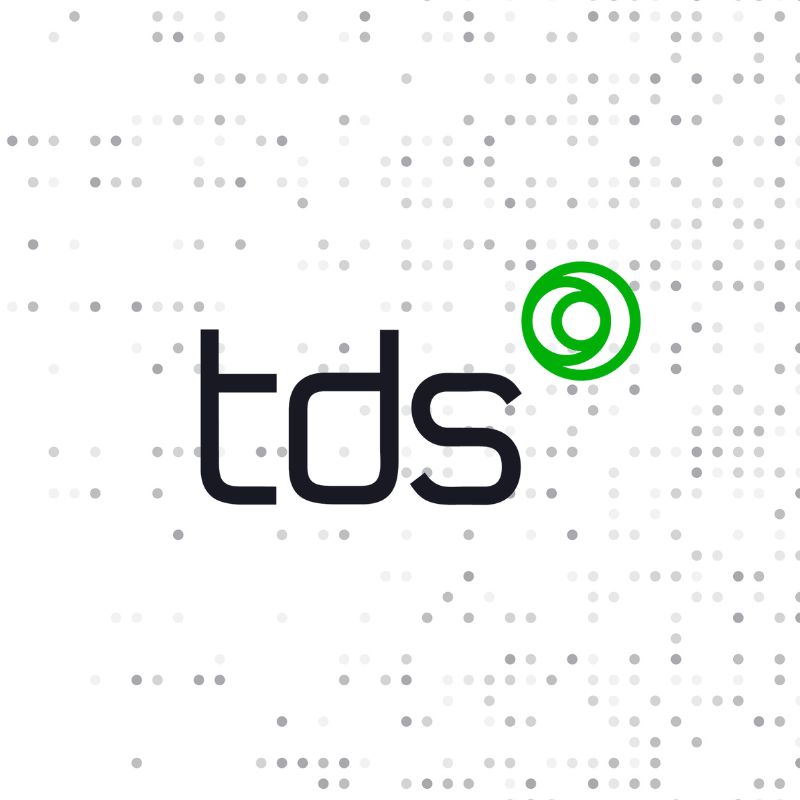
How Planr Transformed Calligo's Revenue Performance
Per Day

Industry Awards
Some recent industry accolades for our private equity portfolio management platform.
